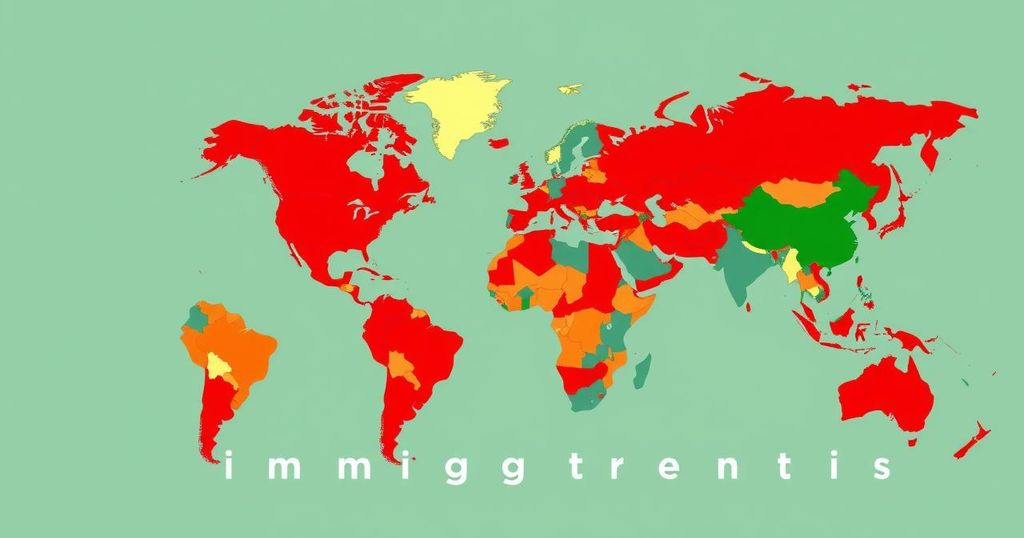New Zealand Immigration Trends: Rising Citizenship from Pacific Islanders and South Africans

Last year, nearly 40,000 individuals acquired New Zealand citizenship, with significant increases among Pacific Islanders (67%) and notable growth from South Africa. India remains the main source of new citizens, followed by Britain, as the citizenship landscape continues to transform.
Recent immigration data highlights significant trends in New Zealand’s citizenship figures. Nearly 40,000 individuals became New Zealand citizens in the previous year, evidencing a remarkable 67% increase in the number of Pacific Islanders obtaining citizenship. South Africans have now surpassed Filipinos, emerging as the third-largest group of overseas-born citizens, while India continues to be the leading source country, followed by Britain.
The inclusion of Tonga in the top ten countries contributing to New Zealand’s new citizens indicates shifting patterns, as Australians have dropped from this list. Additionally, more than 700 Germans have acquired citizenship following changes to their home nation’s dual citizenship laws, whereas Chinese nationals remain limited in their ability to secure New Zealand citizenship due to requirements to renounce prior citizenship.
Demographer Paul Spoonley commented on this noteworthy increase in citizenship numbers, suggesting that many individuals may view obtaining citizenship both as a commitment to their new homeland and a practical step for global mobility. He asserted that the desire to attain a passport exemplifies a utilitarian aspect associated with citizenship. Spoonley maintains that immigration from South Africa and the Philippines is likely to sustain its high levels, influenced by political instability in South Africa and established networks in New Zealand.
Historical analysis reveals that from 1949 to 2014, Britain claimed over a quarter of new overseas-born citizens, soon followed by China and Samoa. In contrast, as of 2023, India has risen to occupy the second position, reflecting the evolving demographic landscape. Furthermore, Taiwan has achieved recognition as the tenth most common country for new citizens in recent decades, predominantly due to increased migration in the 1990s.
The rise in New Zealand’s citizenship figures illustrates shifting demographic trends, particularly highlighting the increase in Pacific Islander and South African populations. With India reaffirming its position as a leading source country, it is evident that immigration patterns are evolving in response to global political dynamics and personal aspirations. The commitment of immigrants to New Zealand is reflected in their pursuit of citizenship and the accompanying privileges.
Original Source: www.nzherald.co.nz








